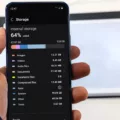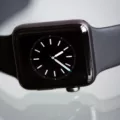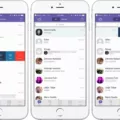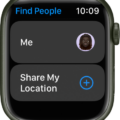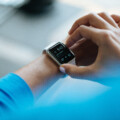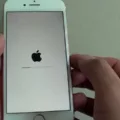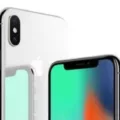Haptic alerts, also known as tactile alerts, are a form of feedback from electronic devices that provide tactile sensations to the user. They use vibrations or small motors to simulate physical interactions with the device. Haptic technology is used in a variety of products and has become increasingly popular in recent years due to its ability to provide users with more immersive experiences.
The concept of haptic feedback is not new. In fact, it has been around since the early days of computers and mobile phones. Haptic technology was first introduced in the 80s when mobile phones started to become popular and developers wanted a way to alert users when they had an incoming call or message. The first haptic alert was a simple vibration that would be triggered when smeone received an incoming call or message on their phone.
Today, haptic alerts are used for much more than just incoming calls and messages. They are now being used in gaming systems, virtual reality headsets, and other electronic devices such as tablets and watches. Haptic alerts can be used for many different purposes such as providing users with notifications about incoming calls or messages, giving feedback on button presses or gestures (known as force feedback), or even providing users with a virtual sensation like touching fabric or feeling the pressure of a button press (known as haptic textures).
Haptic technology has enabled developers to create more interactive and immersive experiences for ther users. By combining visual, auditory, and tactile sensations, developers can create a truly unique experience that is impossible to replicate with just one type of feedback. This opens up new possibilities for product designers who want to create products that feel more natural and intuitive for users.
Haptic alerts are becming increasingly popular in recent years due to their ability to provide users with more immersive experiences than ever before. As technology continues to improve, we will likely see more applications of this technology in our everyday lives—from gaming systems to home appliances—as developers continue to explore how they can use this technology to create better user experiences.
Understanding Haptic Alerts on Apple Watches
A haptic alert on an Apple Watch is a vibration or ‘tap’ on the wrist that is used to alert the wearer of a notification. Haptic alerts can be adjusted in intensity and are triggered by notifications such as incoming calls, messages, emails, reminders, or notifications from third-party apps. The watch also uses haptic feedback when the user interacts with it, such as when turning the Digital Crown or pressing on the display.
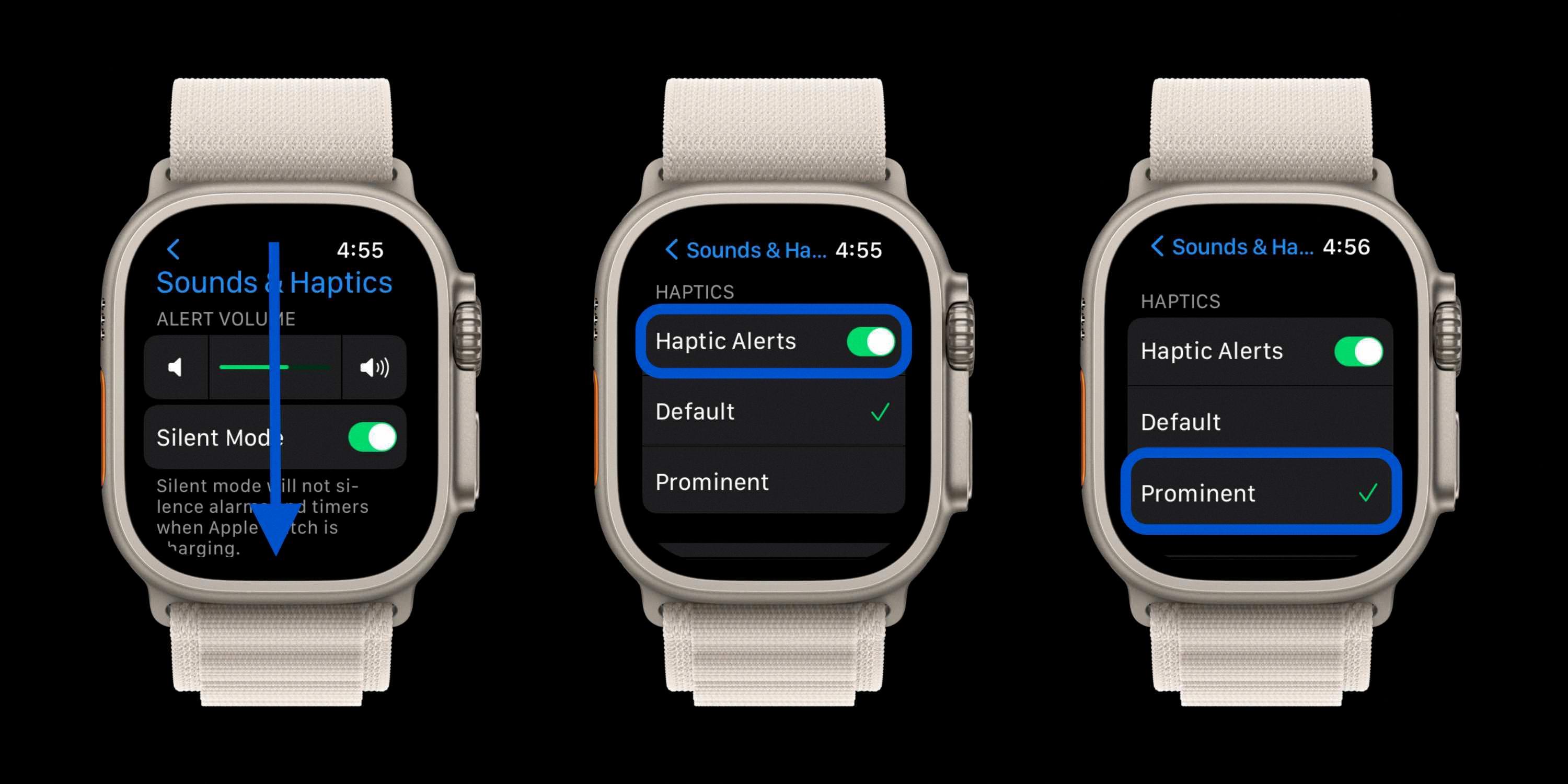
Source: 9to5mac.com
The Pros and Cons of Turning System Haptics On or Off
It really depends on your individual neds and preferences. System haptics can provide helpful feedback when performing certain tasks, such as typing or swiping. However, they do absorb a good amount of battery power due to the vibration involved, so it’s best to turn them off if you don’t need them. It’s important to note that haptic feedback takes more battery power than just ringing your phone, so if you’re looking to conserve battery life then turning the haptic feedback off is a good choice. Ultimately, it’s up to you whether or not system haptics should be turned on or off.
Understanding Haptic Alerts on the iPhone
Haptic alerts on an iPhone refer to the tactile feedback that you receive from your device when you interact with it. Haptic feedback is a way for your device to give you a physical response when you perform certain actions, such as touching and holding the Camera icon on the Home Screen. By providing haptic alerts, iPhone can give users tactile feedback on their interactions with the device, whih can help improve user experience.
The Purpose of Haptics
The purpose of haptics is to provide an intuitive and tactile feedback experience to the user. Haptics can replicate the sensation of physical button presses, like when unlocking your phone with a fingerprint reader, and give users confirmation that their action was successful. Haptics also enhance the overall user experience by providing feedback after a user interacts with an interface, such as providing a vibration or sound when pressing a virtual button or swiping through a menu.
Troubleshooting Apple Watch Notifications for Texts
If your Apple Watch isn’t notifying you when you get a text, there are a few things you can check to try and resolve the issue. First, make sure that iMessage is turned on in your iPhone’s Settings. To do this, go to Settings > Messages and make sure that iMessage is enabled. Then tap Send & Receive and make sure that you’re using the same Apple ID that your Apple Watch is using. If you aren’t signed in to iMessage, sign in with your Apple ID.
If this doesn’t work, you may need to check that all of your notifications are enabled for the Messages app. To do this, go to Settings > Notifications > Messages and make sure that Allow Notifications is turned on. You shold also check the settings for Show Previews and Sounds to ensure they are enabled if you want to receive audio or visual notifications when receiving a text. Finally, if none of these steps work, try restarting both your iPhone and your Apple Watch by turning them off and back on again.
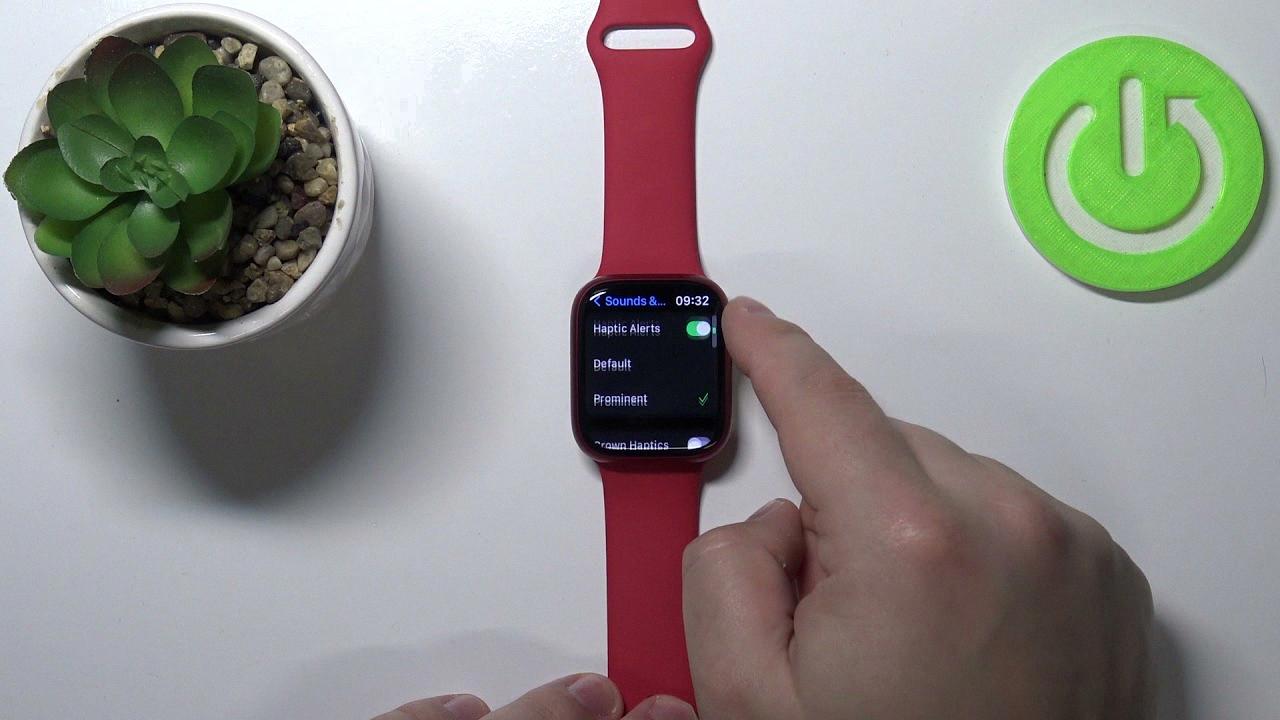
Source: youtube.com
Lack of Vibration when Receiving Texts on a Watch
If your Apple Watch isn’t vibrating when you receive a text message, it’s likely because Do Not Disturb is enabled. To check that Do Not Disturb is off, open the Settings app on your Apple Watch, then tap on Do Not Disturb. If it’s turned on, tap the switch to turn it off. Additionally, if you haven’t updated your Apple Watch or iPhone software in a while, this could also caue connection problems and prevent your watch from vibrating when you receive notifications. To update your software, open the Watch app on your iPhone and navigate to General > Software Update.
Examples of Haptics
Haptics is the study of touching as a form of nonverbal communication. Examples of haptic communication include handshakes, holding hands, patting someone on the back, a high-five, shoulder pats, brushing an arm, and kissing (on the cheek or lips). These types of touches can be interpreted as different kinds of messages and emotions depending on the context and who is doing the touching. For example, a handshake btween two people can signify both respect and social status whereas holding hands can be seen as expressing intimacy or affection. Similarly, a back pat can demonstrate support or congratulations while a high-five could indicate excitement or joy. Haptic messages are important in romantic relationships as well; kissing someone on the cheek or lips usually conveys romantic feelings. Finally, brushing an arm or shoulder may signify comfort or sympathy. It is important to note that these haptic expressions vary widely across different cultures and contexts; it is essential to understand cultural norms in order to properly interpret these nonverbal cues.
Effects of Turning Off System Haptics
If you turn off system Haptics, you will no longer feel haptic feedback when tweaking settings or entering an incorrect passcode. However, some haptic feedback may still remain for oter features, such as when unlocking your device or using 3D Touch.
Investigating Unexpected Loud Vibrations from a Mobile Phone
It is possible that your phone is vibrating so loud all of a sudden because you have enabled a notification setting for an app that is set to vibrate at a high volume. To resolve the issue, check your notification settings for each app installed on your device and adjust the vibration settings accordingly. You can also try installing the latest app and Android updates, enabling Safe Mode, and restarting your device.
Understanding Haptics and How It Works
Haptics is a technology that uses force, vibration, and motion to simulate physical feedback. This technology is used to provde a user with tactile feedback, allowing them to interact with virtual objects or environments in a more realistic way. Haptic technology works by creating an electric current which drives a response, usually in the form of a vibration. This response can be tailored to the user’s environment and interaction with the device. For example, when playing a video game, haptic technology can be used to create different sensations as the user interacts with characters or objects in the game world. Additionally, haptics can also be used for navigation and control in AR/VR applications.
The Benefits of Haptic Devices
Haptic devices are physical devices that use touch feedback to enable a user to interact with a computer or other electronic device. Haptics technology is used in a variety of applications, including surgical simulations, flight simulators, video games and virtual reality. Haptic devices typically consist of an input device (such as a joystick or glove) and an output device (such as force feedback) which allow the user to feel tactile sensations. Through haptic feedback, users can perceive texture, shape, size and weight of objects in virtual environments. This provides an enhanced user experience by providig a more realistic and engaging interaction with the system.
Turning Off Haptics Sounds
To turn off haptics sounds on your device, follow thse steps:
1. Go to the Settings app.
2. Tap “Sounds & Haptics”.
3. Scroll down to the “Haptics” section and toggle the switch next to “System Haptics” to the OFF position.
4. This will turn off all haptic feedback from your device, including any haptic sound effects.
The Meaning of Haptics in Communication
Haptics is a type of nonverbal communication that involves the use of touch to convey messages, emotions, and informaton between two or more people. This form of communication is often used to establish relationships, provide consolation, and express love and affection. Haptic communication can be as simple as a handshake or hug, or it can be more intricate gestures such as caressing someone’s arm or back. People use haptics to communicate positive feelings such as love, comfort and support, but also negative ones such as anger and disappointment. Haptics can also be used to convey physical sensations like pain or pleasure. In addition to interpersonal relationships, haptic communication can also be used in medical settings such as physical therapy where the therapist will use various forms of touch to help patients heal and regain mobility.
The Effects of Haptic Feedback on Mobile Phones
No, haptic feedback is not bad for your phone. In fact, it can be incredibly beneficial. Haptic feedback enhances user experience by delivering tactile feedback when interacting with your device. This can make navigation more intuitive and reduce the need to constantly look at the screen when using an app or performing a task. Plus, haptics can also help improve accessibility by providing visual and audio cues though vibration or motion. All in all, haptic feedback is a great way to make your phone easier to use and more enjoyable to use.
The Benefits of Haptic Technology
The advantages of haptic technology are numerous. First, haptic technology povides tactile feedback to users, which can make using touchscreen devices more intuitive and reduce errors. Second, it offers a more immersive experience, as the vibrations simulate physical contact and make it feel like the user is actually touching the device. Third, it can help create a more efficient workflow by providing real-time feedback on user actions. Finally, it can improve accessibility for those with limited dexterity or vision impairments by providing tactile cues that may not be visible on the screen.
Understanding Vibration and Haptics
Haptics is the science of applying tactile feedback to an interaction. It is the use of touch in communication and uses vibrations, pressure, texture, and temperature to convey information. It can be used to improve human-computer interaction, allowing users to better understand what they are interacting with. Vibration alerting is the use of vibration as a warning or event alert. When something happens that requires attention, such as an alarm or a notification, a vibratory signal is sent via a device such as a smartphone or wearable. This provies a physical cue that can be felt and that draws attention from people in the vicinity who may not have heard the alert sound. Both haptics and vibration alerting can be used together to create immersive user experiences with tactile feedback and notifications.
Types of Haptics
There are generally four types of haptics: graspable, wearable, touchable and auditory. Graspable haptics are those that are held or manipulated by the user such as joysticks, force feedback gaming controllers, or motion-sensing game controllers. Wearable haptics are those incorporated into clothing or body parts such as gloves, bracelets, watches and shoes. Touchable haptics are those that directly affect the skin such as vibrotactile devices which prvide a tactile sensation to a user’s skin. Lastly, auditory haptics use sound to convey information about a person’s environment such as binaural beats.
Should System Haptics be Enabled or Disabled?
System Haptics should be off if you don’t need to get notified by vibration. Haptic feedback can consume more battery power than other notifications such as ringing and can become distracting if not needed. If you do need vibration notifications, then system haptics should be on. However, it is important to note that system haptics will use more battery than other notifications and could reduce your phone’s battery life over time.
What is Haptics on an iPhone?
Haptics on iPhone is a feature that uses vibrations to give you feedback when you interact with your phone. It’s a type of haptic technology that allows your phone to react to your actions in a more tangible way. For example, when you press and hold an icon on the screen, Haptic Touch vibrates the phone to confirm that your action has been registered. Haptic technology can also be used for other types of feedback, such as providing a tap sensation when typing on the virtual keyboard or providing different levels of vibration intensity for notifications.
Turning Off Haptic Notification Sounds on iPhone
To turn off haptic notification sounds on your iPhone, open the Settings app and select Sounds & Haptics. From there, you can adjust both the vibrate and haptic settings for varous notifications and system functions. To completely turn off haptic sounds, toggle off the “System Haptics” option at the top of the page.
Conclusion
Haptic alerts are tactile feedback mechanisms used to communicate information to the user. These alerts can be vibratory, such as a cellphone vibration, or a more complex tactile sensation, such as the clicking of buttons on a game controller. Haptic alerts can provide important cues that indicate the status of an activity or task, and can be used to supplement visual and auditory feedback. In addition to providing more comprehensive feedback, haptic alerts also offer an advantage in situations where visual and/or auditory cues are unavailable or inappropriate, such as in an operating theater. As technology continues to evolve, haptic alerts will bcome even more sophisticated and integrated into everyday life.

